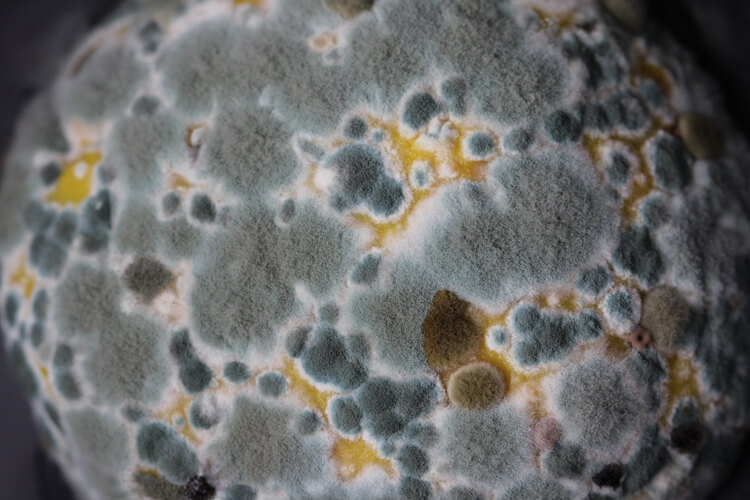Emergencies are not often planned for, yet when they crop up as a difficulty or crisis, it can be life-changing. Usually surprises are not easily preventable, because they aren’t predictable, but sometimes there are things we can do to save ourselves from experiencing certain life-changing issues, such as mold.
Mold is an opportunistic organism that will wreak havoc in your home if given the opportunity. Often just a little bit of neglect, or an unfortunate event such as a leak or flooding, will bring with it a mold invasion. Although leaks and flooding are not always issues that are completely preventable, there are some hacks that can help you keep on top of any issues that could lead to mold so that it doesn’t have a chance to grow into a major catastrophe.
Check Roof and Plumbing Regularly
When water gets in your house, mold will find it’s way in as well. That is why leaks from the roof or from plumbing in your home can be a serious issue. It may start out small, but soon after a leak begins, the water damage and mold will be a challenge to face. Mold can begin growing on a damp surface within 24 to 48 hours. That doesn’t give you a whole lot of time to notice a leak before mold can really get out of hand and require extensive repairs and remediation. That is why it is crucial to be aware of any possible entry points for water and keep up with roof maintenance and repairs. If you notice a leak do not put off getting it repaired.
Invest in a Dehumidifier
If you live in a humid area, or have issues with humidity in the home from cooking and showering, or notice condensation on your windows, your humidity levels may be too high and attractive for mold. Home ventilation is an important key for a healthy home, but dehumidifiers are another option to remedy the problem. According to the EPA, the ideal humidity level to prevent mold is between 30 and 50 percent. If your humidity level is above the recommended amount, a simple dehumidifier can help remedy the problem and reduce your risk of developing mold in your home.
Avoid Homes Prone to Flooding and Water Damage
If you are looking to buy or rent a home, be sure to check that there are no signs of water damage or flooding. Research flood maps to confirm that you are not in a flood zone. Mold is a serious issue in flood zones and moving into a home that floods not worth the risk.
If you are already in a home with flooding, try to see what you can do to reduce your risk of future issues. Sump pumps, internal membranes that can be applied to basement cement walls, and proper drainage systems are all possible remedies to flooding and water issues.
If You Suspect Mold, Get It Checked Immediately
Mold is a time-sensitive issue. If you suspect you have a mold problem in your home you need to get it inspected as fast as you can, as mold can grow at a rate of one square inch per day! High levels of mold spores in your home can have a very negative impact on your health. There are several options for a mold inspection, but whatever choice you make, just be sure to get it checked and remediated as quickly as possible.
Avoid Moldy Foods
This hack is not so much about the health of your home, but maintaining your personal health. There are a number of foods that have been found to have high levels of mold. Though it is obviously important to throw out produce and food with visible mold, there are some foods with mold that might be surprising. Some of those moldy foods include peanuts, most coffees, certain condiments, etc. If you have a mold allergy, avoiding the high mold foods can be even more crucial.

